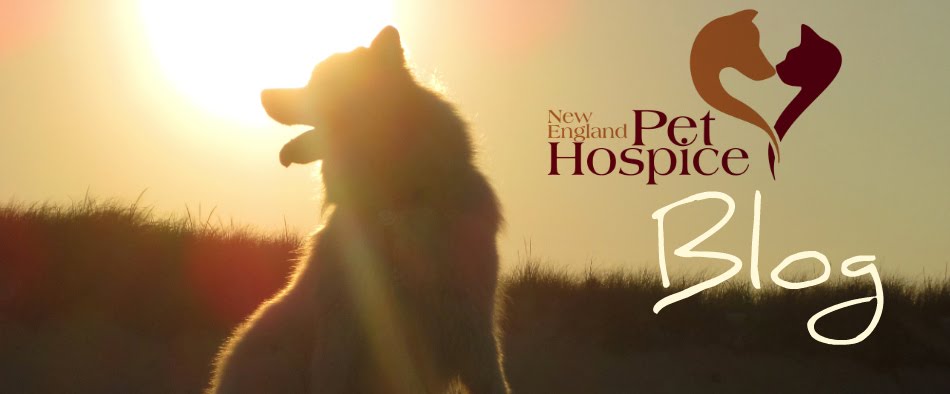 |
| Photo courtesy of Federico Stevanin |
In human hospice, it is almost a given that many, or perhaps even most, of those who approaching the end of life will become incontinent. All humans are born incontinent and most will die that way. It's just the way it is. We don't get angry at a baby for being incontinent and we do not (or should not) get upset with the elderly or the ill for facing those challenges either.
The same is true for our animals. Here are our suggestions for addressing, managing and living with incontinence:
1. See Your Vet First. Incontinence may be a symptom of aging or illness, but it may also be a sign of a treatable condition. Urinary tract infections, bladder infections, kidney infections and kidney stones can all cause incontinence. As can spinal cord injuries, tumors putting pressure on nerves and lack of muscle tone. Make sure you understand the root of the problem.
2. Ask Your Vet About Medications that May Help. Propalin (phenylpropanolamine) tightens the urethral sphincter and is often helpful. In spayed females, estrogen replacement may help and in males, adding testostrone may be useful. Used less frequently, Tophranil (imipramine) works to relax the muscles of the bladder which enables it to hold urine better. Ask your veterinarian if any of these medications are appropriate for your animal.
3. Explore Holistic Remedies. Homeopathic, Traditional Chinese Medicine, acupuncture and chiropractic offer natural alternatives to drugs. To find a holistic practitioner near you, check the American Holistic Veterinary Medical Association's directory.
 |
| Photo courtesy of Federico Stevanin |
5. Consider Confining Your Animal. Stepping in a puddle in the middle of the night or coming home from work to find a mess is no fun and tests the patience of even the most compassionate and forgiving animal lover (let alone their less empathetic spouse or family members!). You may manage to cope with it for some period of time, but after a few days, weeks or months, it will get old. Many animals are perfectly happy in a crate, but if that doesn't appeal to you, there are other options. Soft sided play pens (made for animals or human babies) work well for animals who are not likely to jump or chew. Or choose a room or area of your home that can be blocked off to limit the areas you will have to monitor and clean.
It does take work, an investment of time and ingenuity, but many animals can live with incontinence in a way that does not have to be overwhelming for the the humans in their lives. If you have other ideas or suggestions, we would love to hear them!

No comments:
Post a Comment